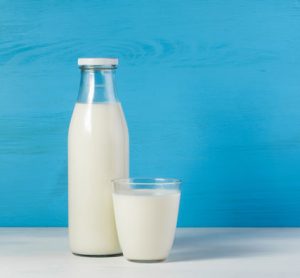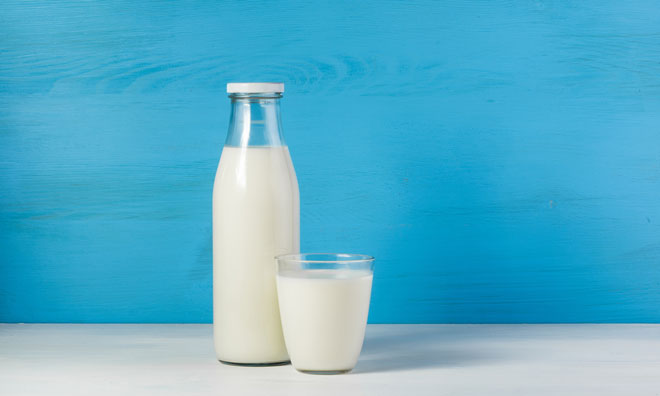UHT processing of milk
Milk is a highly perishable food so to enable it to be stored and distributed for consumption without spoilage, and without being a health risk through growth of pathogenic bacteria, it is heat treated. The most common type of heat treatment in many parts of the world is pasteurisation, which…









